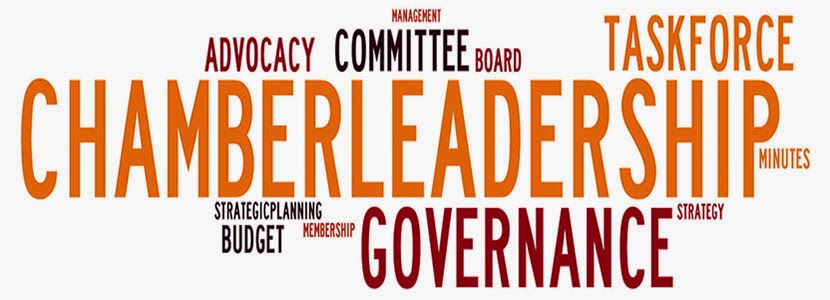The following are my notes from a recent Institute for Organization Management webinar led by faculty member Claire Louder, IOM, CAE, MP, Louder Nonprofit Strategies, LLC.
She started out with the question. “Are your board members wanting to get more involved in your chamber?”
If your board members lack direction, that can result in disfunction, including but not limited to, micromanagement, rogue committees or special projects just to name a few.
Six Keys to Success to keep you on track.
- Strong Bylaws – gives you structure and lays out the roles and responsibilities of your board on what they should and should not do.
- Board Orientation – setting expectations upfront will pay dividends down the road. And I’m a fan of repeating these expectations on a regular basis. The things to focus on would be roles and responsibilities, and what I call the big three fiduciary responsibility – Duty of Care, Duty of Loyalty and Duty of Obedience. Go HERE for a previous blog post on that subject.
- Strategic Plan with Big Goals – keep your board out of the weeds and keep them focused on the big issues facing your business members and communities. Your plan should drive your board meetings and keep them focused. You could focus on one or two of your goals per meeting. She did not suggest reviewing all each meeting.
- New Chairman Orientation – I would expand this to having a yearly orientation with your current chairman and your incoming chairman at the same time. This will give you continuity through the transition. Board sets policy, staff implements that policy.
- Open Board Chairman Communications – regular communications is a key component to a successful relationship with your chairman. I call this the “no surprises” rule. Your chairman should never hear about something related to the chamber by someone other than you first! Commitment to a communication plan and stick with it. It could be once a week, every other week or once a month. Find out if this is a phone call, email, or in-person meeting. I’ve suggested in the past about creating memorandum of understanding – you can go HERE for that blog post.
- Succession Planning – every chamber should have a succession plan in place. A communication strategy on notifying the proper stakeholders is key (i.e., staff, members, and the community at large). How are you identifying your next volunteer leader? I suggest use your committees as a training ground for future leadership on the board.
Speaking of succession planning, I suggest you have one for the CEO too. CEO’s leave for a number of reasons but the big three are retirement, left for a new job or were relieved of their duty. Your chamber does not want to be caught off guard no matter which of the above three caused the change and be seen as floundering until a new person is hired. Go HERE for more detail on creating a succession plan for the CEO.
Claire ended with the comment “keep your board focused on the big issues,” they will thank you!


